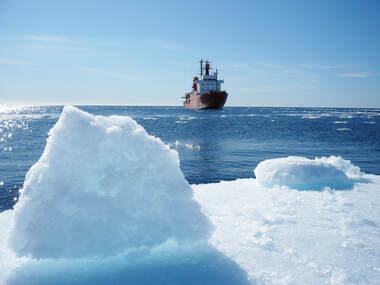Diversity, ecology and biogeography of aquatic microorganisms
|
My research focuses on understanding the links between the diversity and function of microorganisms (mainly bacteria) in aquatic ecosystems, as well as the factors controlling such links. Bacteria are present in all types of ecosystems, and in spite of their very small size, their activity influences biogeochemical processes of global importance. Although the study of microbial ecology goes back several decades, it was not until the appearance of high-throughput sequencing techniques when the revolution in the field of microbial ecology took place, enabling a very deep taxonomic characterization of microbial communities. Still, however, our ability to understand or predict the responses of microbial communities to changes in environmental conditions remains limited. This is partly because shifts in taxonomic composition do not always translate into changes in community function (and therefore, changes in processes at the ecosystem level). In addition, due to their small cell size and their capacity to persist under unfavorable conditions much longer than other organisms, bacteria can potentially be dispersed anywhere, making the study of their distribution challenging. There is thus the need to deepen our understanding of the factors that condition microbial distribution, diversity and functioning in natural ecosystems.
During my research career I have tried to answer questions related to this issue using different approaches and techniques, combining experimental and field surveys, and working in ecosystems as different as soils, rivers, lakes, estuaries, groundwater, and the ocean. Below I enumerate some of the research lines that I am following now: |




